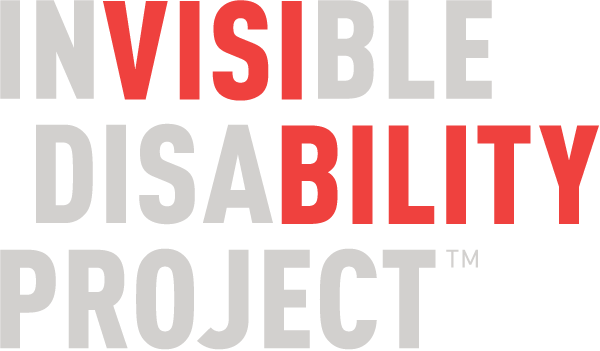Ableism and Erasure
Linda Williams, Ph.D., and Monica Slabaugh
A public service message released by CoorDown this week raises questions about how people with Down Syndrome perceive themselves and are perceived by others. The short film is narrated by Anna Rose Rubright, a woman with Down Syndrome. She describes how she sees herself as a daughter, a friend, a fun loving, hardworking, and emotional person with big dreams.
The video ends with Anna asking, “How do you see me?” The short answer: We don’t see you, Anna. You were erased from the film.
Instead, we confusingly see actress Olivia Wilde “trying on” Down Syndrome in front of the camera. We hear your voice, Anna, but it has been mishandled, taken from your otherly marked body, and laminated on the very picture of idealized normalcy and beauty. This video calls itself inclusive, it feels “inspirational”, it features “diverse” people, and the cinematography makes it pleasant to watch. Maybe viewers even spend a few moments cheerfully patting themselves on the back for thinking about Down Syndrome individuals jogging along a windy beach, or folding their laundry — just like “normal” people. But what are we really seeing
We see Down Syndrome dishonestly portrayed for the edification and entertainment of a non-disabled audience. As we are frolicking along with Wilde, we are really meant to see a fantasy of normalcy — the beautiful girl we hoped to be, the beloved daughter to adoring parents, the dance party we always wanted to lose ourselves to. We do not see Down Syndrome at all actually. We don’t see the language and communication difficulties, or the occupational and physical therapy. We do not see how Down Syndrome varies in so many ways from mild, to moderate, to severe. Nowhere does the video speak to the great number of those with Down Syndrome who have heart and kidney conditions, or visual and auditory impairments. And we certainly don’t see how words like “retard” have been cultivated and preserved.
The CoorDown “How Do You See Me?” PSA:
We do see ableism. Ableism is discrimination or bigotry against people considered disabled by mainstream society. But ableism is more insidious than misperceptions and stereotypes. Ableism is a pervasive and historically preserved worldview that has led us to build discriminatory and oppressive infrastructures within the spaces we inhabit, the everyday language we use, and the programs we do and do not support as a culture. This worldview was shaped through a lineage of fear, superstition, misinformation, and oppressive and discriminatory practices that led to abhorrent treatment of disabled people. We, the disabled, have been burned at the stake, sterilized, institutionalized, placed on stages as freaks, de-institutionalized, made into charity, and held up as inspirational heroes.
Seeing Anna erased from her own narrative is one powerful example of how ableism silences, dismisses, misrepresents, and oppresses the disabled. Ableism influences our perceptions of entire groups of individuals on a large scale. In this video, we see a powerful majority voice speaking for and speaking over the experiences, thoughts, feelings, and reactions of every Down Syndrome individual who lacks a voice and consistent media representation. The video perpetuates misperceptions of disability — which is ironically the very thing the video aimed to disrupt. In short, we see through the lens of ableism. We see vestiges of Blackface, Minstrel. We see a massive setback in the decades of advocacy and legislation that was hard fought and won. We see shameless capitalism at the expense of a minority’s rights.
The film does do a great job of keeping the non-disabled separate and uninvolved from Down Syndrome. The audience remains unaware of the experience of Down Syndrome outside of a pleasurable few moments of feel-good cinematic envy, and feigned understanding. We see ableism at work. We see a majority further insulated, centered, lulled into passivity. We see margins widen. We see a system untouched.

